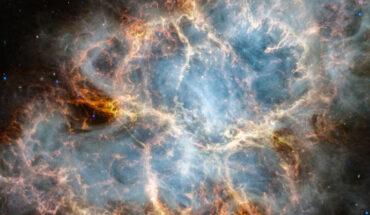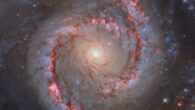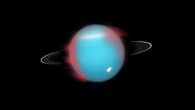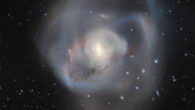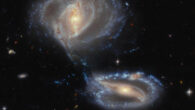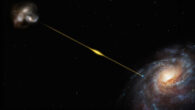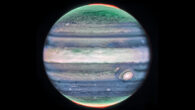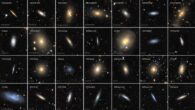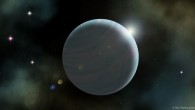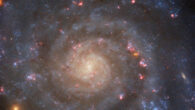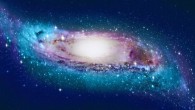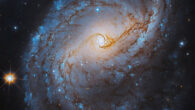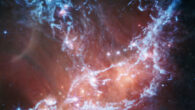Using the Near-Infrared Camera (NIRCam) and Mid-Infrared Instrument (MIRI) onboard the NASA/ESA/CSA James Webb Space Telescope, astronomers are searching for answers about the origins of the Crab Nebula, the remnant of a Type II supernova that was first observed by Chinese astronomers on July 4, 1054 CE, as a ‘guest star.’ This composite image, taken by Webb’s NIRCam and MIRI instruments, shows the famous Crab Nebula. Image credit: NASA / ESA...

